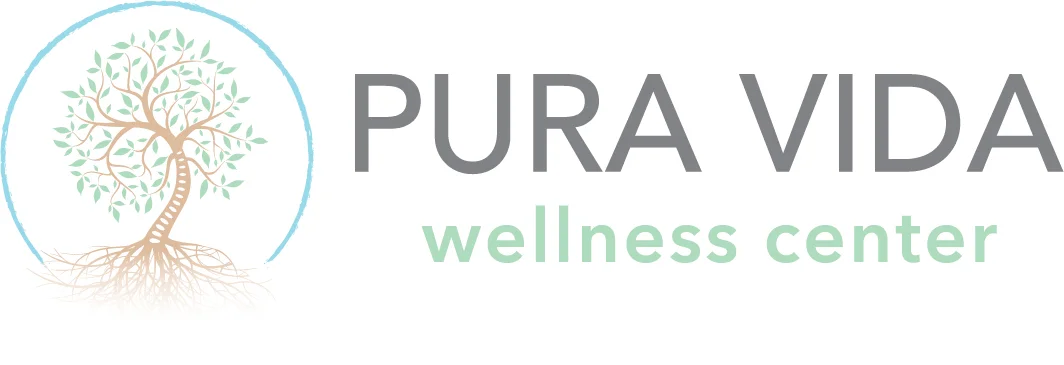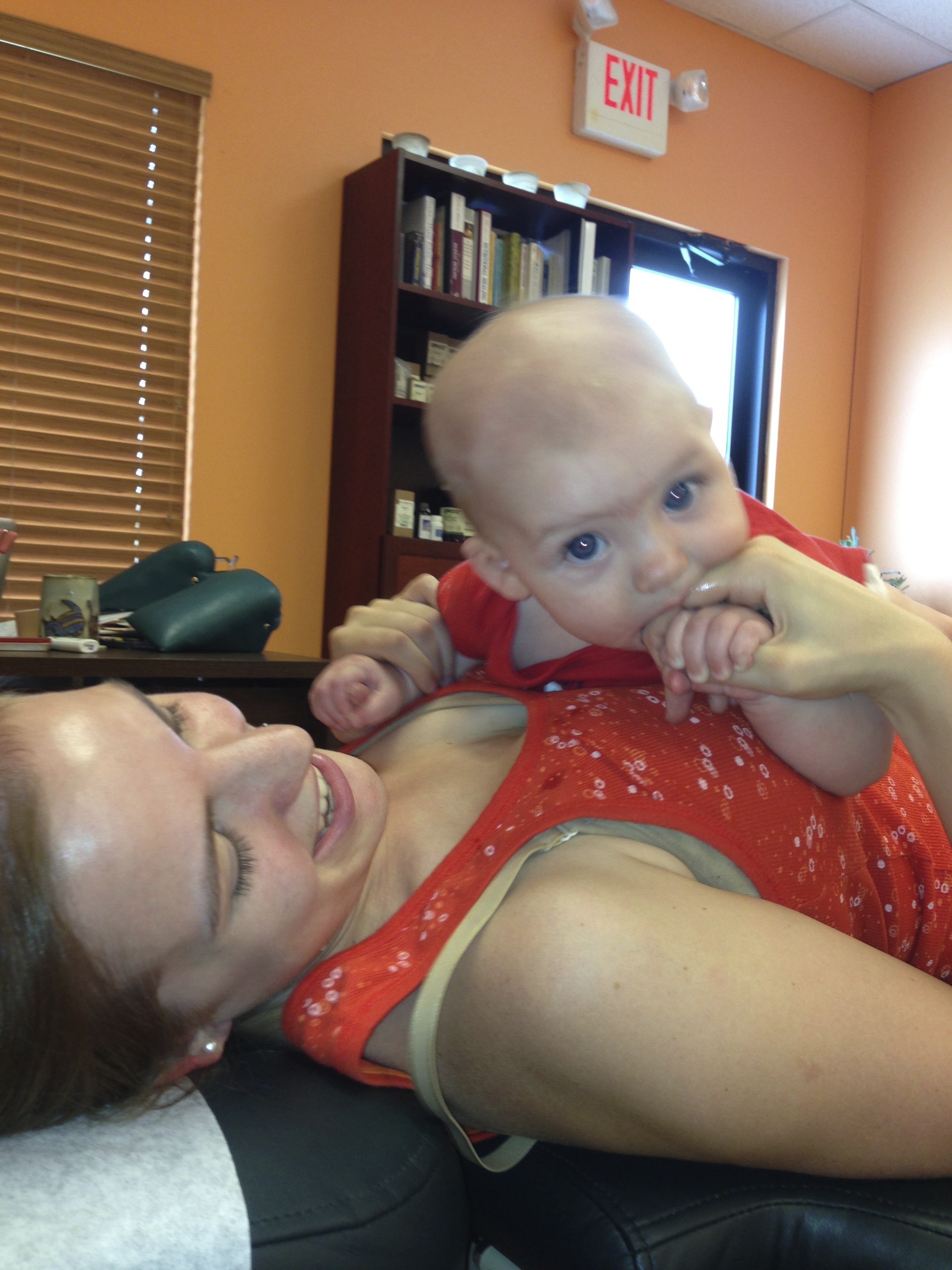According to the International Chiropractic Pediatric Association, there were approximately 30 million pediatric visits to a chiropractor in 2000, whereas in 2009 that number increased to about 68 million.
So why chiropractic for children?
most adults find their way to chiropractic, they are suffering from chronic symptoms that have been developing over the course of many, many years - often from injuries sustained and left untreated during their childhood and teenage years! Children's skeletons and nervous systems are rapidly developing, and they are very sensitive to changes. Babies in particular are vulnerable, particularly after invasive or traumatic birth experiences, and unfortunately, they are unable to verbally communicate what is going on. A chiropractor specifically trained in the delicate art of baby-adjusting can help to literally change a person's life.
Drugs and surgery are great for emergencies, but they have little to do with HEALTH. According to WHO (World Health Organization), Health is a state of complete physical, mental and social well-being and NOT merely the absence of disease or infirmity.
Today more parents bring their children to a chiropractor for wellness care as well as the day-to-day health concerns we're all familiar with; ear infections, asthma, colic, allergies, bedwetting, growing pains, scoliosis, sports injuries, car accidents, etc. It is most important to understand that chiropractic is not a treatment of disease. It's purpose is to remove spinal nerve stress to provide increased immune function and optimize healing potential.
Chiropractic care for children is growing rapidly and many more pediatricians now recommend bringing children to a chiropractor for ailments such as ear infections, colic, reflux, enuresis (bed wetting), ADHD, ADD, mood disorders, and chronic illness. Pediatric chiropractic is most beneficial for children because their nervous systems are developing. When a child receives care from a chiropractor, their incidence of disease is much less common and severe. When a chiropractor removes a child’s subluxations, the child’s nervous system functions at a much higher level and this allows children to fight off disease without the use of excessive pharmaceutical drugs.
So how soon should a child receive chiropractic care?
Chiropractic treatment during pregnancy is vital to normal physiological functioning of both the mother and the baby during pregnancy and birth. Since our brain and nervous system control the function of every cell, tissue, and organ of our bodies (and unborn baby's body), it is critically important for our nervous system to operate at 100% for optimal health. Our spine protects our spinal cord and when a spinal bone shifts out of normal alignment it may produce abnormal motion and damaging pressure on spinal nerves. This condition is known as vertebral subluxation and if present, it may interrupt vital nerve flow within our bodies and to the developing baby.
Chiropractic care corrects subluxations which interfere with normal body function. Studies have shown that this approach during pregnancy helps alleviate common discomforts (such as back pain, sciatica, headaches and carpal tunnel syndrome), decreases pain during labor and delivery and reduces mean labor time. Other benefits of chiropractic care during pregnancy include decreased likelihood of breech delivery, reduced cesarean rate and less labor intervention.
The procedure is quite comfortable and children often look forward to their chiropractic treatment. In addition, children generally heal much more quickly than adults, so they typically require just a few treatments to restore normal function their nervous systems and related end organs.
Common Pediatric Conditions That Respond Well to Chiropractic Care
NEONATE-INFANT:
- Colic/irritability
- Poor sleep
- Nursing problems
- Reflux/spitting up
- Constipation
- Asymmetrical head shape
- Torticollis/head tilt
- Sutural ridging
- Sleep apnea or snoring
- Asymmetrical crawl or gait
TODDLER AND PRESCHOOL –AGE CHILD:
- Ear infections
- Chronic upper respiratory infections
- Asthma
- Growing pains/foot or leg cramping
- Bed-wetting
- Incontinence (bowel or bladder)
- Pervasive development disorders*
*including autism, sensory integration disorder, ADD, ADHD, learning disabilities
SCHOOL-AGE CHILD AND ADOLESCENT:
- Back Pain
- Neck Pain
- Headaches
- Scoliosis
- Poor Posture
- Gait abnormalities
- Extremity injuries (chronic ankle sprains, knee pain, shoulder pain, etc.)
- Constipation
- Abdominal pain
- Chronic upper respiratory illness
According to a recent survey by the International Chiropractic Pediatric Association, Chiropractic care of children is associated with high levels of patient/parent satisfaction and a near-perfect safety record.




